Jackson St. Almost Had a Subway
A mile-long underground railway was planned in 1890s.
Andrew Jackson was President of the United States when Morgan L. Martin and Solomon Juneau named Jackson Street in 1835. Naming a street for Jackson fit in with the scheme of naming streets for prominent Democrats, like Jefferson, Cass, Mason, Biddle, and Van Buren. A few months earlier, President Jackson had appointed Juneau as Milwaukee’s first postmaster. Old Hickory, as Jackson was called, gained fame for defeating the British at New Orleans during the War of 1812. He was president from 1829 to 1837.
An early resident on Jackson Street was William Sivyer, an Englishman who arrived in Milwaukee with his family during the autumn of 1835, shortly after the street was named. Sivyer, a mason, is credited with building the first brick dwelling in the city. His home was between Mason and Oneida (now Wells) streets.
Sivyer has been credited with another first. Some Milwaukee histories claim that his son George was the first white baby born in Milwaukee. But a variety of documents show that George was born in England. Other sources say that Sivyer’s second son, Charles Milwaukee Sivyer, was the first Caucasian child born in the city. But Charles Milwaukee was born in May 1836 while Milwaukee Smith, the daughter of Uriel B. Smith, was born here in October 1835, pushing Charles Milwaukee into second place. (Call it the battle of baby Milwaukees.) Nonetheless, the inscription on Charles Milwaukee Sivyer’s tombstone at Forest Home Cemetery insists on his prominence in the city’s history: “First white boy born in Milwaukee.”
At the same time, the Cathedral of St. John the Evangelist, the seat of the Milwaukee Archdiocese, was being erected on Jackson Street and became the Irish church by default. The new Cathedral was named for Archbishop John Henni‘s patron saint. It was across the street from what was then known as Courthouse Square. The square was donated by Juneau and Martin for the site of the first Milwaukee County Courthouse, which was built on the north end of the square. A second courthouse replaced the first one in the early 1870s, but in the 1930s it was made obsolete when the present courthouse was built at N. 9th Street and Kilbourn Avenue. After the old courthouse was demolished, the square was renamed Cathedral Square.
In 1891 Cathedral officials were alarmed when they heard of the Wisconsin Central Railroad’s plans for the Jackson Street Tunnel, as it was to be called. The tunnel would be dug through Yankee Hill under N. Jackson Street. The south entrance would be at Michigan and Jackson Streets and the north entrance at Brady and Jackson Streets — a distance of about one mile. At the time, the nation was caught up with tunneling. New York City was contemplating digging railroad tunnels under the East and Hudson Rivers and Detroit was talking of a tunnel under the Detroit River. Milwaukee’s Flushing Tunnel, which flushed Lake Michigan water into the Milwaukee River in an attempt to clean it, had recently been completed.
Some Jackson Street property owners hoped they could sell their land at inflated prices to the railroad company. Other wondered if they could collect for damage caused by the tunneling beneath their property. Cathedral officials worried that vibrations caused by trains running 50 feet beneath the church would destroy it. The railroad began buying lots at various points along the street where they would build chimneys that would vent smoke from the tunnel.
City Engineer George Benzenberg tried to calm residents’ fears. He pointed out that tunnels under buildings in other cities, like St. Louis, Baltimore, London, and Paris, did not cause damage to the buildings above them. He noted that Yankee Hill was all clay, not stone or rock, and would be easy to tunnel through with no blasting necessary. He added that the vibrations caused by streetcars running past the Cathedral were far more significant than any vibrations from the tunnel.
Proponents argued that it was aesthetically desirable for railroads to enter the city underground wherever possible and that less soot would be spewed into the air. They also supported the additional rail service that the Wisconsin Central Railroad would bring to the city and were happy that a new depot would be built in the Third Ward. Yet, even though there seemed to be more support than objections, the tunnel was not built. Perhaps the Financial Panic of 1893 stopped the plans. For whatever reason, the Wisconsin Central Railroad did not follow through on the idea.
North Jackson Street runs from E. Erie Street on the south to N. Water Street at E. Brady Street at its northern terminus and is almost two miles long. There were streetcars running on sections of N. Jackson Street for the better part of a century, from the 1870s to the 1950s. After more than a 60-year absence, streetcars will again be running on N. Jackson Street in the near future. The heavy vibrations generated by the vehicles of the 1890s are not expected with the new system.
Carl Baehr, a Milwaukee native, is the author of Milwaukee Streets: the Stories Behind their Names, and articles on local history topics. He has done extensive historic research for his upcoming book, Dreams and Disasters: A History of the Irish in Milwaukee. Baehr, a professional genealogist and historical researcher, gives talks on these subjects and on researching Catholic sacramental records.
Along Jackson Street
City Streets
-
Revised Milwaukee Streets Book Dishes the Dirt
 Nov 3rd, 2025 by Michael Horne
Nov 3rd, 2025 by Michael Horne
-
The Curious History of Cathedral Square
 Sep 7th, 2021 by Carl Baehr
Sep 7th, 2021 by Carl Baehr
-
Gordon Place is Rich with Milwaukee History
 May 25th, 2021 by Carl Baehr
May 25th, 2021 by Carl Baehr
Transportation
-
Congestion Pricing Cuts Air Pollution in New York City
 Dec 14th, 2025 by Jeff Wood
Dec 14th, 2025 by Jeff Wood
-
FTA Tells Milwaukee to Crack Down on Fare Evasion — Even Where Fares Don’t Exist
 Dec 12th, 2025 by Graham Kilmer
Dec 12th, 2025 by Graham Kilmer
-
Will GOGO’s Bus Service Ever Get Going?
 Dec 9th, 2025 by Jeramey Jannene
Dec 9th, 2025 by Jeramey Jannene


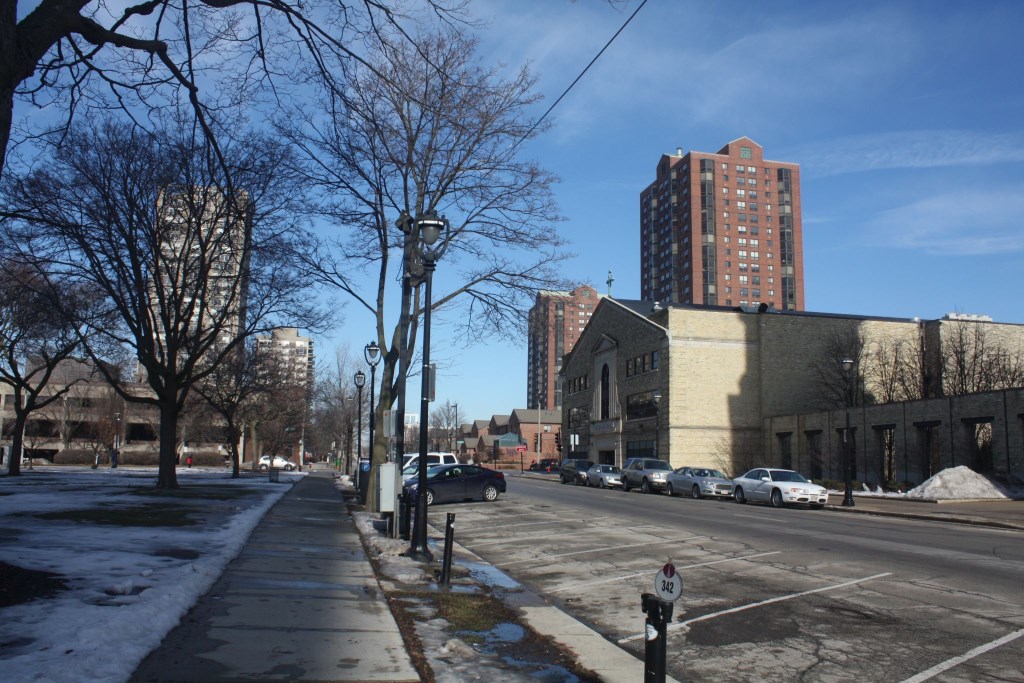

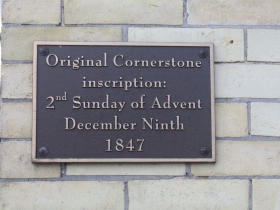
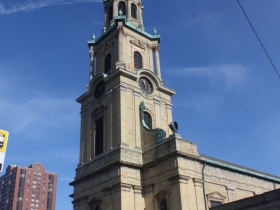
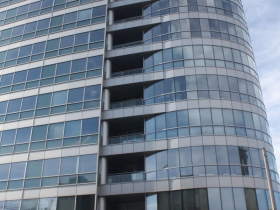
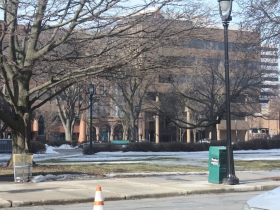
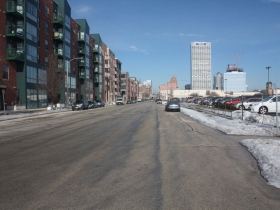



















I really enjoy your articles. Keep them coming! I wonder what the response to this proposal would be today
I did some research on this, as I’ve always been interested in the Wisconsin Central and it’s most visible Milwaukee landmark – the Colby-Abbot Building (aka Urban Milwaukee World HQ).
You were correct in your speculation that the financial panic of 1893 played a role.
https://books.google.com/books?id=iEEVAAAAYAAJ&lpg=PA323&ots=Cnhi89qeJR&dq=wisconsin%20central%20railroad%20colby%20abbot&pg=PA323#v=onepage&q&f=false
Jeramey – Thanks for the additional information. Hope there are no plans to move Urban Milwaukee World HQ to Ireland.
The William Sivyer you reference at the beginning of your interesting article was my 2x great-grandfather (I descend from his son William born in 1840). You are correct that his son George was born in England, and that Charles Milwaukee Sivyer was the first white male born in the city. There used to be a plaque on a bank that marked that information, placed by the Old Settlers’ Club I think. Probably the bank no longer exists. I am always looking for more information on “the Sivyers of Milwaukee”, wish I lived closer to visit the great historical society there (I’m in Arizona).